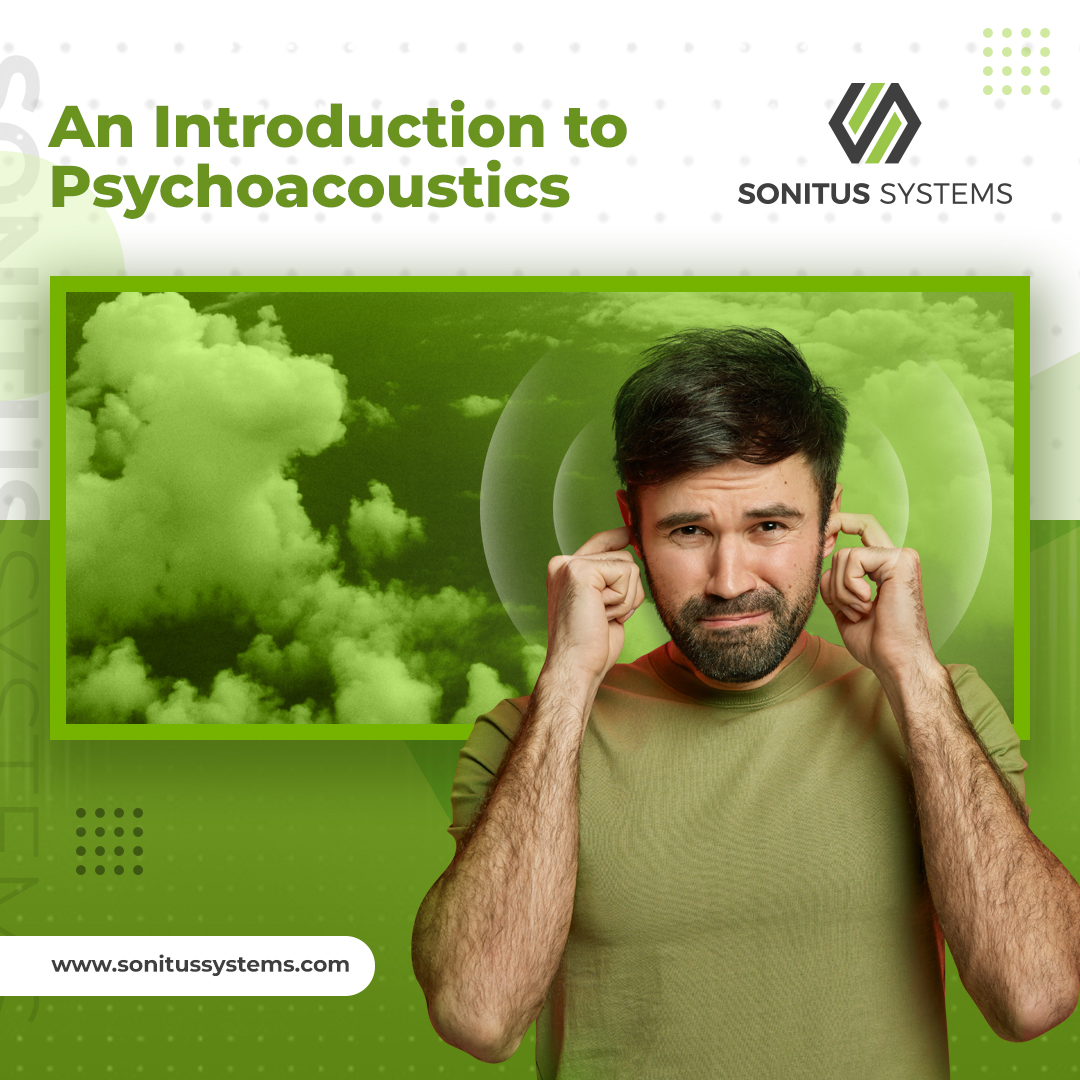Our perception of sound and noise can be based on much more than just the loudness of the sound. To understand how we perceive sound we need to delve into the area of psychoacoustics.
Psychoacoustics is the scientific study of the way in which noise affects people, both physiologically and psychologically. That is, psychoacoustics takes into account the perception of
sound as well as the biology and physics involved. This involves a consideration of the entire soundscape, from the volume, frequency, and intensity of the noise, right through to the
subjective socio-cultural background of the perceiver.
An understanding of psychoacoustics holds the key to potentially improving people’s wellbeing and reducing annoyance at environmental noise by establishing guidelines and improving acoustic
comfort for communities.
Noise Monitoring
In standard practice, environmental noise is modelled and portrayed using noise maps. These are geographic representations that convey the distribution of sound levels in areas over a period
of time. This long-term averaging of sound levels is then “A-weighted” to better represent the way in which humans subjectively experience noise.
A-weighting, developed in the 1930s by Fletcher and Munson, is necessary because the human ear is less sensitive to extreme frequencies. A flat detection of all sound is therefore inaccurate when
it comes to human experience which experiences frequencies differently.
In regard to noise annoyance, the problem with A-weighting and noise maps is that they fail to take into account other important factors that are not so easily recorded and quantified. For
one, A-weighting fails to take into account the fact that the variance in sensitivity to frequencies drops in correlation to increased volume.
For example, the standard construction setting regularly sees noise above 100 dB. In these environments, A-weighting may not tell the whole story when some frequencies are actually
experienced louder than A-weighting expects.
The Need for Psychoacoustics
While measuring sound and noise levels is a fundamental starting point, psychoacoustics was developed to study and appreciate the other dimensions that impact or influence perception of sound.
Psychoacoustics appreciates that hearing is not simply the propagation of airwaves interacting with our ears, but is, rather, an interplay of senses and neuronal activity.
Monitoring noise benefits society by protecting noise-sensitive children and adults, and prevents unnecessary sleep disturbance. When it comes to understanding such noise annoyance, simply
measuring the “loudness” of an environment is not sufficient for full understanding. Simply placing a microphone into a workplace, for example, then measuring the volume and frequencies of noise
will not give any insight into the way in which this sound is perceived at an individual team member level. Getting a full picture involves an appreciation of the entire soundscape and perception
mechanisms. These include:
- Loudness
- Sharpness
- Roughness
- Strength fluctuation
Collectively, these factors make up Zwicker’s psychoacoustic annoyance model. By assessing these different aspects of noise, Zwicker’s model tries to establish a relative metric for annoyance.
Building on these ideas, psychoacoustics also takes into account the following parameters:
- Spatial relation to the noise source
- Tonality
- Duration
- Subjective attitude
Far from a simple recording of sound pressure, psychoacoustics considers all aspects of audible phenomena, from the physical cause to the perception within the individual.
Perception and Soundscapes
Importantly, people don’t experience soundscapes the same. While a noisy workplace may be an annoyance to one worker, to another it may be a form of white noise, allowing them to focus and be
stimulated to work. This is where the psychological aspect of psychoacoustics comes into effect, encouraging a deeper understanding of the way in which people experience the same soundscapes
differently.
In the field of psychoacoustics, it’s also important to consider socio-cultural differences. For example, a city-dweller who has grown up accustomed to the sound of traffic and roadworks may
not be as sensitive to this soundscape as a person who grew up in a rural setting. The sound of a jackhammer breaking concrete may be barely perceptible background noise to one, but an
unignorable annoyance to another.
The perception of a soundscape, therefore, involves more than simply a detection of the frequencies and pressure of soundwaves. It instead depicts a soundscape more accurately by including the
perceiver in the scene.
The Semantic Aspect of Sound
Psychoacoustics, therefore, appreciates the notions of “silence” and “noise” can depend, somewhat, on the individual and their perception of the soundscape. Furthermore, in humans, sounds
are not isolated psycho-neural events, rather, they are events that trigger emotions, thoughts, and feelings within a person. Particular songs, airplane sounds, birdsong, car horns, and
people talking are all sounds we respond to differently, depending on their context, our mood, their intensity, duration, and our proximity. For example, the sound of road traffic may formulate
stressful feelings in some people, inducing memories of road rage, long commutes, or annoyance. In others, it may remind them of childhood or be a comforting and familiar sound,
associated with fond memories.
Psychoacoustics allows an improved description of soundscapes, factoring in not only the physical aspects of noise but also the psychological dimension.
Sonitus Systems offers both the hardware and software for a range of environmental parameters on a continual basis, with real-time information available through our
Sonitus Cloud dashboard. For more details on our indoor and outdoor noise and air quality monitoring products and services, please contact the team at www.sonitussystems.com/contact/contact.html
